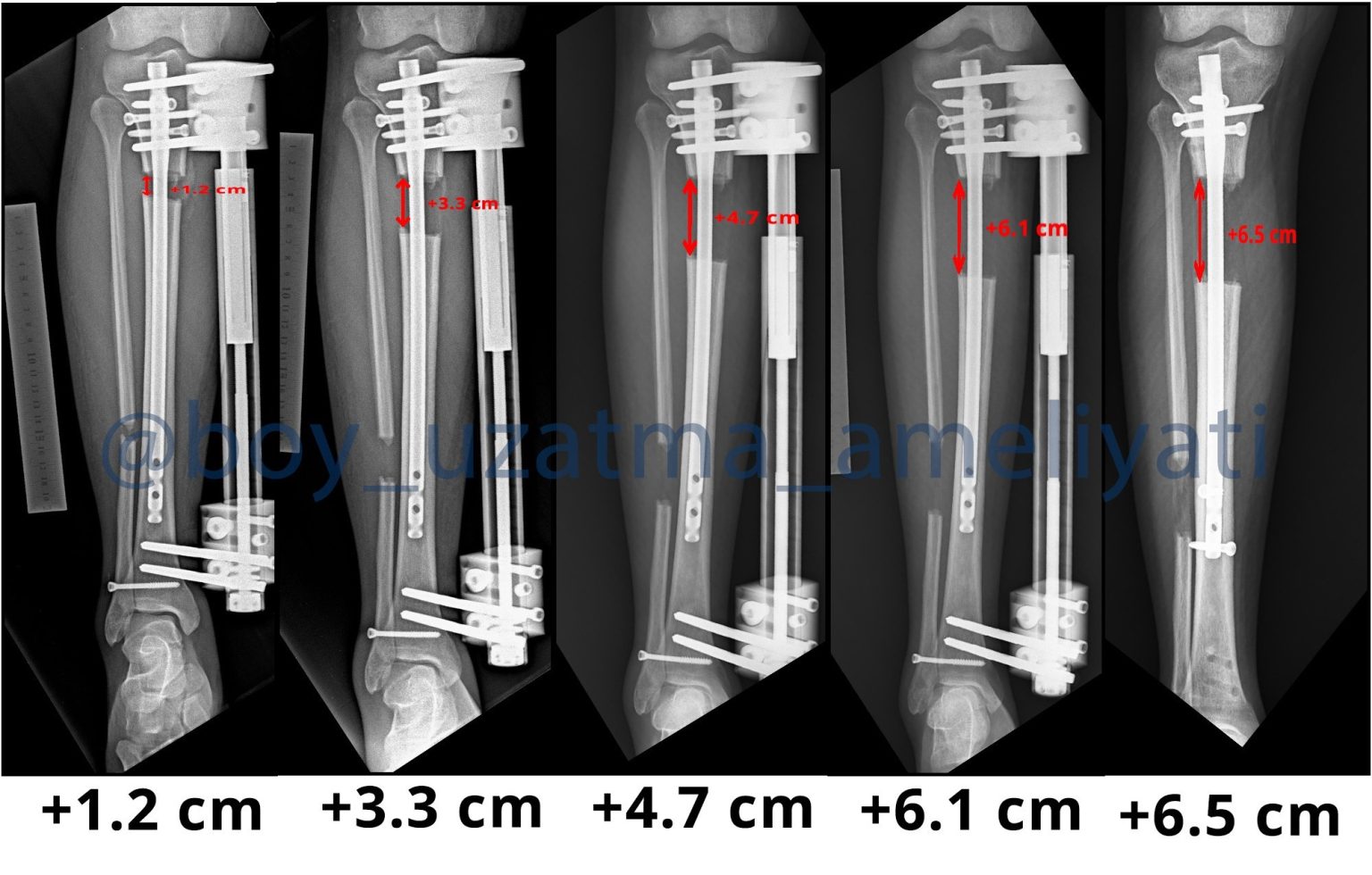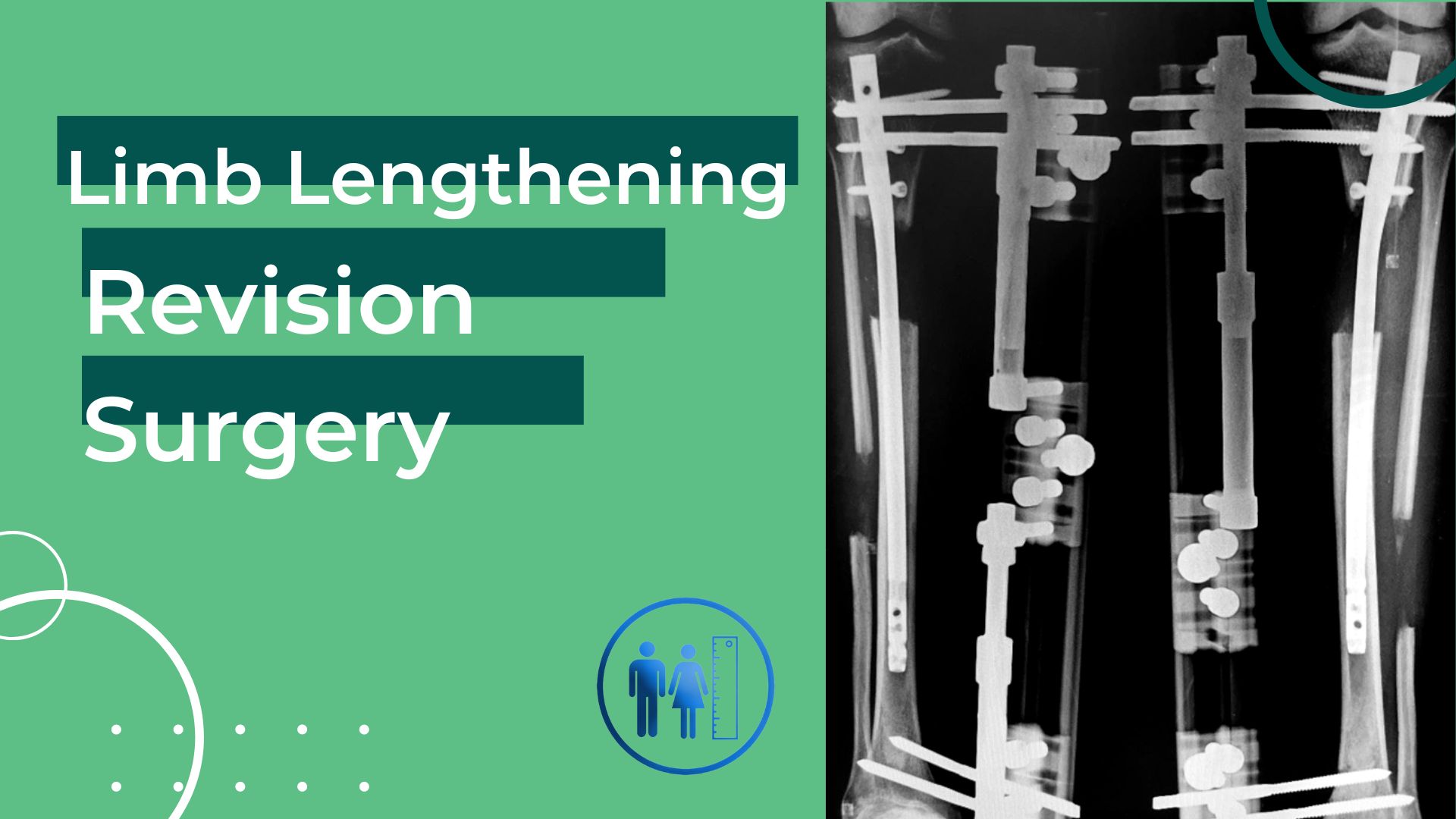
Live
Support AI
Frequently Asked Questions About Limb Lengthening Surgery
Limb lengthening surgery is a procedure that aims to increase the height of people who have experience short stature problem by surgical means. This surgery is performed by cutting the leg bones (the femur or tibia) and then applying them in a way that encourages new bone formation between them. Modern techniques usually allow patients to gain up to 6-8 cm in height. However, this varies from person to person, and as with every surgical procedure, lengthening surgery also has some risks. Potential complications may include infection, bone healing problems, and nerve damage. Therefore, it is very important for those considering this surgery to be fully informed about the subject and consult with an experienced orthopedic doctor.
What Awaits Patients before The Surgery?

Before the decision for surgery is made, the patient must pass certain health tests. First of all, x-ray measurement and physical examination should be performed to ensure that body proportions are not distorted and to determine aesthetically appropriate lengthening amounts. As a result of the evaluations, our doctor predicts how many cm it is possible for you to grow. Afterwards, the materials to be used are determined by the doctor according to the thickness or thinness of the bone cavity.
If you suffer from a chronic illness, your doctor might request additional tests to reduce potential risks. Even those without chronic conditions need comprehensive blood tests, ECG, and evaluations for anesthesia and mental health. Our doctor reviews x-ray outcomes and these tests to see if you're a good fit for surgery.
How Does the Surgery Process Continue After the Tests?
If there are no problems with your tests, your lengthening surgery is usually planned for the next day.
How is the Area to be Operated on Selected and How is it Performed?

The choice of surgical area depends on our doctor's recommendation and your preference. Since this is a cosmetic procedure, your desires play a significant role. The bone quality and the thickness of the nail used also influence the area selection. For instance, in the upper leg, our doctor makes an incision in the bone where it can heal faster and inserts an intramedullary nail. In a combined approach, it's secured using an external fixator and screws. The surgery concludes after these steps. The varying methods mentioned are due to different surgical techniques being chosen, each with its own nuances.
What to Expect for Patients After Surgery?
There is a fixator on the outside of the leg during the recovery period (approximately 2-3 months) after the patient's surgery. Every day, with the help of allen, the patient lengthens to 1 mm; However, individuals with rapid union can finish the strain process earlier by increasing it up to 1.5 mm per day with the approval of the doctor.
During this strain process, which takes approximately 2-3 months, physical therapy and dressing support is also needed regularly. In addition, according to the results of the x-ray every 15 days, the doctor evaluates how many cm has been reached and the condition of the union tissue. After this process is completed, the fixator outside the leg is removed and the patient starts normal life and unsupported walks within 2-3 months.
For a deeper understanding of the surgical procedure, feel free to visit our YouTube page. Alternatively, you can directly engage with our patient representatives by completing our contact form. They're ready to address any questions or concerns you might have.
You will be informed about the lengthening increase, lengthening process, the prices of the surgical methods, the difference of the methods, the risks of the surgery.





Wanna Be Taller - Makbule2023-10-28 14:27
Limb lengthening can be a painful process, but the level of pain can vary depending on several factors such as the type of lengthening procedure, the patient's pain tolerance, and how well they manage their pain. To manage pain during limb lengthening, doctor prescribes pain medication, offer physical therapy to strengthen the muscles surrounding the affected limb, and provide psychological support to help patients cope with the discomfort and anxiety associated with the process. If you would like to get more insights, please visit our blog on this topic: https://wannabetaller.com/pain-after-limb-lengthening-surgery/ Regards, WBT